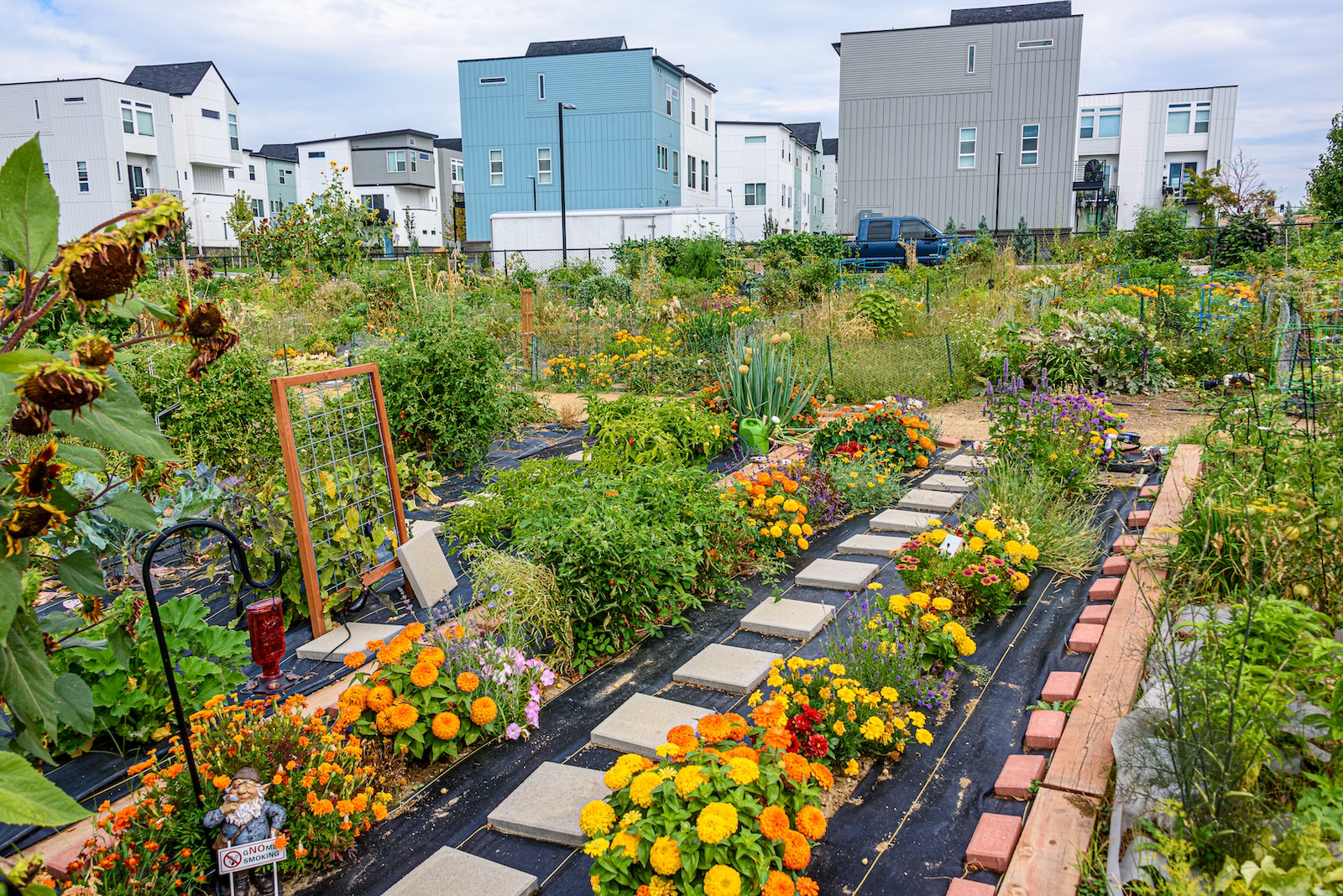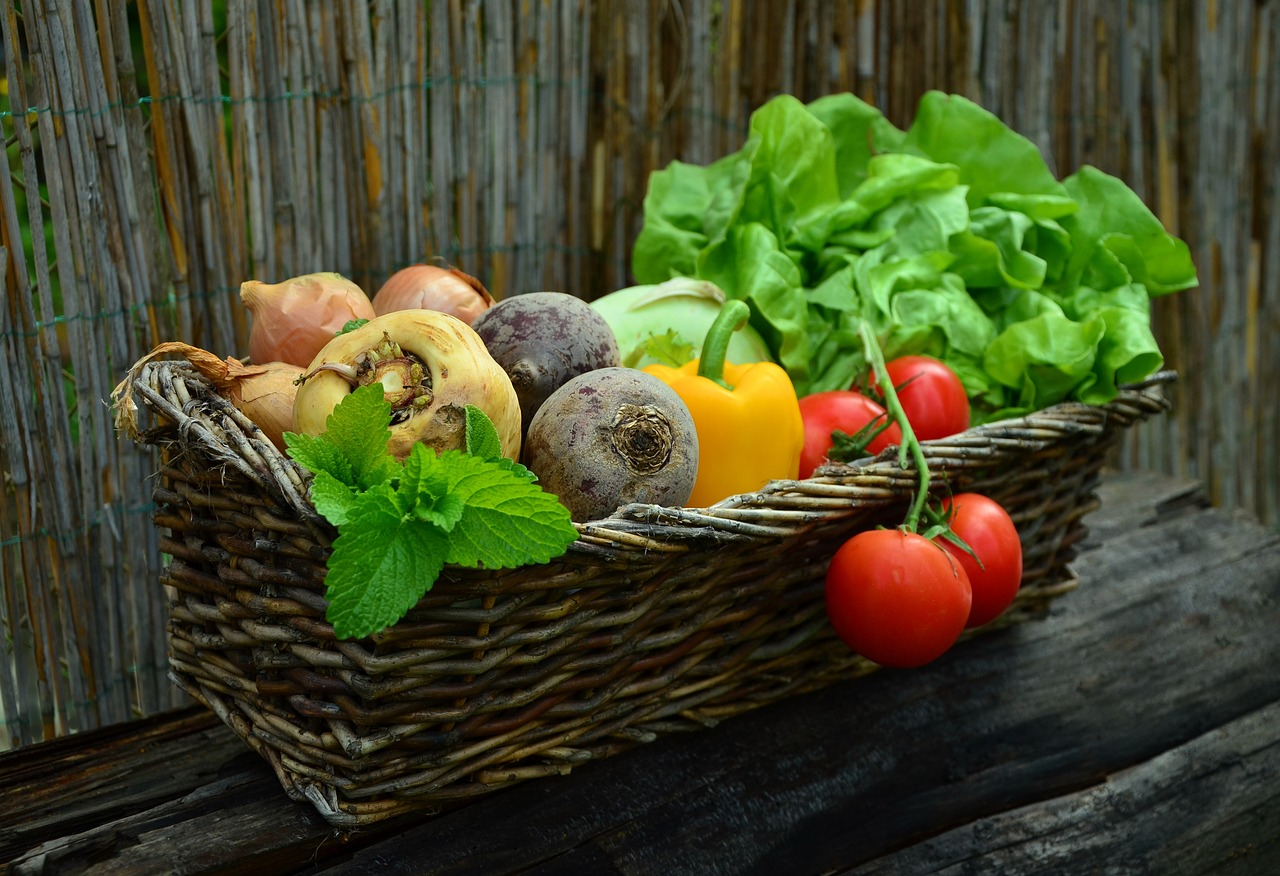Gardening Basics
Seasonal Gardening: What to Do Each Season

Ever wondered if gardening could be more than just a summer activity? We’ll go over how to keep your garden thriving all year round.
Embrace the innovative approach of maximizing each season’s unique potential to cultivate a flourishing garden. From soil preparation and planting in spring to protecting plants and planning in winter, you’ll explore the secrets to unlocking your garden’s full potential.
Say goodbye to the one-size-fits-all approach and welcome a new era of gardening that adapts to the changing seasons. Get ready to revolutionize your gardening game with practical tips for every season.
Early Spring: Pruning and Maintenance
Regularly inspect your garden for any signs of damage or disease and promptly address any issues to ensure the health and vitality of your plants. As early spring sets in, it’s time to focus on pruning techniques and garden maintenance to set the stage for a thriving garden. Here’s what to do:
- Assess Your Plants: Evaluate the condition of your plants and prioritize pruning tasks based on their specific needs.
- Pruning Techniques: Utilize innovative pruning techniques such as precision pruning and renewal pruning to promote healthy growth and shape your plants.
- Early Spring Tasks: Tackle seasonal cleanup, including removing debris, weeding, and preparing the soil for new growth.
- Garden Maintenance: Implement new, cutting-edge methods for maintaining garden infrastructure, such as upgrading irrigation systems and exploring eco-friendly pest control options.
Spring: Soil Preparation and Planting
Prepare your garden soil in spring by loosening the top layer and adding compost or organic matter to improve fertility. This is the foundation for successful planting techniques and soil health.
As you engage in spring maintenance and garden planning, consider innovative methods to enhance your soil. For example, try no-till gardening to preserve soil structure and beneficial organisms. Or try using cover crops to prevent erosion and improve soil fertility naturally.
You can boost the health of your soil while reducing the need for chemical fertilizers. This benefits your garden and contributes to a more sustainable and environmentally friendly gardening practice.
Late Spring: Fertilizing and Mulching
Fertilize your garden and apply mulch in late spring to nourish your plants and protect the soil.
Regarding fertilizing techniques, consider using organic options like compost or well-balanced commercial fertilizers to provide essential nutrients for your plants. These can enhance soil structure and promote healthy root development.
Mulching benefits include moisture retention, weed suppression, and soil insulation. Utilize organic mulches such as wood chips, straw, or shredded leaves to enrich the soil as they decompose. This innovative approach conserves water and fosters a healthy ecosystem for beneficial microorganisms.
Summer: Watering and Pest Control
To maintain your garden’s soil health and ensure successful plant growth during summer, focus on efficient watering and proactive pest control.
Watering Techniques:
- Install a drip irrigation system to deliver water directly to the plant roots, minimizing water waste.
- Consider using moisture-retentive mulch to reduce evaporation and maintain soil moisture.
- Water deeply and less frequently to encourage deep root growth and drought tolerance in plants.
- Utilize rainwater harvesting techniques to collect and store rainwater for watering your garden.
Natural Pest Control Strategies:
- Introduce beneficial insects like ladybugs and lacewings to prey on harmful pests.
- Plant pest-repelling herbs such as basil, mint, and chives to deter insects.
- Use neem oil or insecticidal soaps to control common garden pests while minimizing harm to beneficial insects.
- Employ physical barriers like row covers to protect plants from pests while allowing air, light, and water to reach them.
Early Fall: Transplanting and Dividing
Now that early fall is here; it’s time to start thinking about transplanting your perennials to ensure they’ve enough time to establish their roots before winter.
You’ll also want to consider dividing overcrowded plants to give them more space to grow and thrive.
These simple tasks will help you maintain a healthy and beautiful garden as the seasons change.
Transplanting Perennials for Fall
As a gardener, you should regularly evaluate your perennials in early fall to determine if they need transplanting or dividing. Transplanting perennials in early fall can provide them with ample time to establish their root systems before winter sets in. Here are some innovative tips to ensure successful transplanting and maintenance of perennials:
- Evaluate the Perennials: Assess your perennials’ health, size, and vigor to determine if they’d benefit from being divided or transplanted.
- Transplanting Techniques: Utilize modern techniques such as root pruning and proper watering to minimize transplant shock and encourage healthy growth.
- Best Practices for Division: Employ cutting-edge methods for dividing perennials, ensuring that each new plant division has sufficient roots and foliage for successful establishment.
- Perennial Care Post-Transplanting: Implement innovative care practices post-transplanting, including appropriate fertilization and watering schedules, to promote vigorous growth and blooming in the following seasons.
Dividing Overcrowded Plants
When transplanting and dividing overcrowded plants in early fall, assess the health and size of each plant to determine the most effective method for division.
Garden maintenance is crucial for healthy plant growth. To rejuvenate overcrowded plants, consider plant propagation through division. Look for natural divisions in the plant, like separate stems or clumps, and carefully separate them to ensure each new plant has enough roots and foliage to thrive.
This process prevents overcrowding and creates new plants for your garden. Additionally, consider using innovative techniques such as air layering to propagate plants with woody stems.
Fall: Harvesting and Winter Preparation
Now that fall is here, it’s time to start thinking about harvesting your crops and preparing your garden for the winter months.
Gather your fruits and vegetables at their peak ripeness to enjoy the best flavors.
It’s crucial to start protecting your plants from the cold and preparing your soil for winter.
Fall Harvest Tips
It would be best to start by harvesting your garden’s ripe fruits and vegetables as the season transitions into fall. Here are some innovative fall harvest tips to make the most of your garden:
- Crop Storage: Invest in a root cellar or consider building an underground storage system to preserve your root vegetables like carrots, potatoes, and beets, maintaining their freshness throughout the winter.
- Preserving Herbs: Dry your herbs to preserve their flavors. Hang them in small bunches in a warm, well-ventilated area. Once dried, store them in airtight containers to use in your winter cooking.
- Seed Saving: Collect seeds from your best-producing plants for next year’s garden. This sustainable practice also helps maintain genetic diversity in your garden.
- Soil Care: After harvesting, enrich the soil with compost to ensure it remains fertile for the next growing season.
Winter Plant Protection
As the fall harvest comes to a close, it’s important to shift your focus to protecting your garden from the upcoming winter weather.
Frost protection is crucial to safeguard your plants from freezing temperatures. Consider using frost cloths or plant covers to shield delicate vegetation.
Winter mulching can insulate the soil, regulate its temperature, and prevent frost heaving. Innovative options like biodegradable mulch films or compost as mulch offer sustainability and enhanced soil health.
Experiment with new techniques, such as incorporating cover crops to protect and enrich the soil during winter.
Soil Preparation for Winter
After protecting your garden from freezing temperatures during winter, it’s time to focus on preparing the soil for the upcoming season. Here’s what you need to do:
- Winter Mulching: Apply a thick layer of organic mulch, such as straw or shredded leaves, to protect the soil from erosion and freezing temperatures. This will also help maintain soil moisture and prevent weed growth.
- Soil Testing: Conduct a soil test to determine its nutrient levels. Based on the results, amend the soil with organic matter or fertilizers to ensure that it’s nutrient-rich and ready for the next growing season.
- Cover Crop Planting: Consider planting cover crops, like winter rye or clover, to improve soil fertility, suppress weeds, and prevent soil erosion during the winter months.
- Aerate the Soil: Use a garden fork or aerator to loosen compacted soil, improve drainage, and promote better root growth for the next planting season.
Frequently Asked Questions
How Can I Incorporate Companion Planting Into My Seasonal Gardening?
You can incorporate companion planting into your seasonal gardening to maximize interplanting benefits and improve soil health. By strategically planting complementary crops together, you can enhance biodiversity, repel pests, and increase nutrient availability in the soil.
What Are Some Common Mistakes to Avoid When Preparing Soil for Planting in the Spring?
When preparing soil for spring planting, avoid common mistakes like neglecting soil health and nutrient deficiencies. Ensure proper watering and address drainage issues to create an innovative environment for your garden to thrive.
What Are Some Natural Pest Control Methods I Can Use in the Summer Without Harming Beneficial Insects?
You can create a natural repellent using garlic and chili peppers to deter pests without harming beneficial insects. Integrated pest management and organic solutions like neem oil and insecticidal soap are innovative alternatives for pest control in the summer.
How Can I Extend the Harvest Season Into the Fall and Winter Months?
To extend your harvest into fall and winter, consider planting cold-hardy crops like kale, carrots, and Brussels sprouts. Utilize techniques such as using row covers, cold frames, and winter crop rotation for continuous yields.
What Are Some Creative Ways to Protect Plants From Frost and Cold Temperatures in the Winter?
To protect your plants from frost and cold temperatures in the winter, consider using mulch options like straw or leaves to insulate the soil and plant covers such as row covers or cloches for added protection.






















